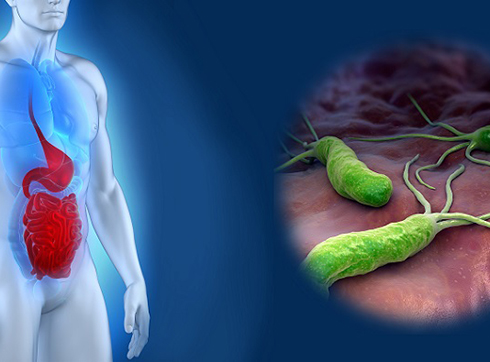
Duodenal ulcer is a disease that provokes the formation of ulcerative lesions due to the action of acid directly on the mucous membrane. The disease is recurrent. This means that periods of exacerbation of the disease are replaced by remissions. The fundamental difference from erosion, which is a defect on the surface of the mucosa, is that the ulcer heals after the treatment, followed by the formation of a scar.
Globally, about 10% of people are diagnosed with a duodenal ulcer. In men, it is observed more often about twice.
Causes of the disease
Recent studies have confirmed that H. pylori is the cause of the disease in 56% of cases. Other reasons include:
- gastrinoma;
- hereditary predisposition;
- cirrhosis of the liver;
- metabolic disorders and malnutrition;
- renal failure;
- uncontrolled medication;
- Crohn's disease.
Typical symptoms
The main manifestations of an ulcer are pain and dyspeptic syndrome. Pain in the upper abdomen is experienced by 75% of patients. About half of them feel mild pain, the rest have high intensity.
Pain manifests itself or significantly increases with excessive exertion. It can be triggered by eating fried, salty, spicy foods, alcohol or starvation. Usually, pain is directly related to food intake, and seasonal dependence is also observed (exacerbations occur in spring and autumn). Antisecretory and antacid drugs can reduce pain.
Other symptoms include:
- regular heartburn;
- high fatigue and sweating;
- weakness in the limbs;
- heart palpitations, drops in blood pressure;
- shaking hands.




















